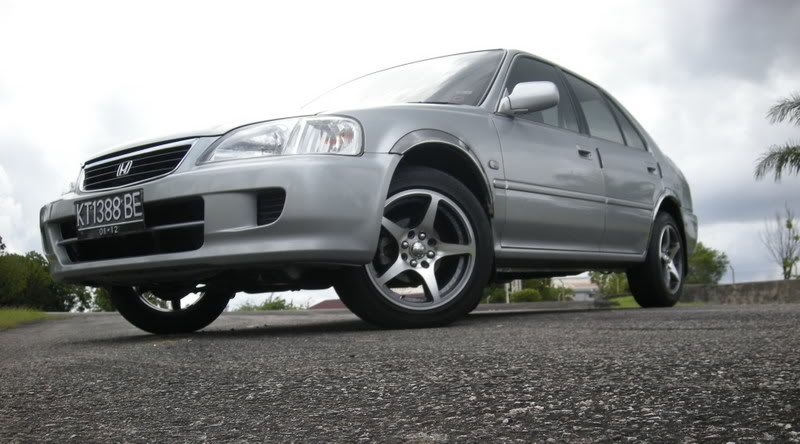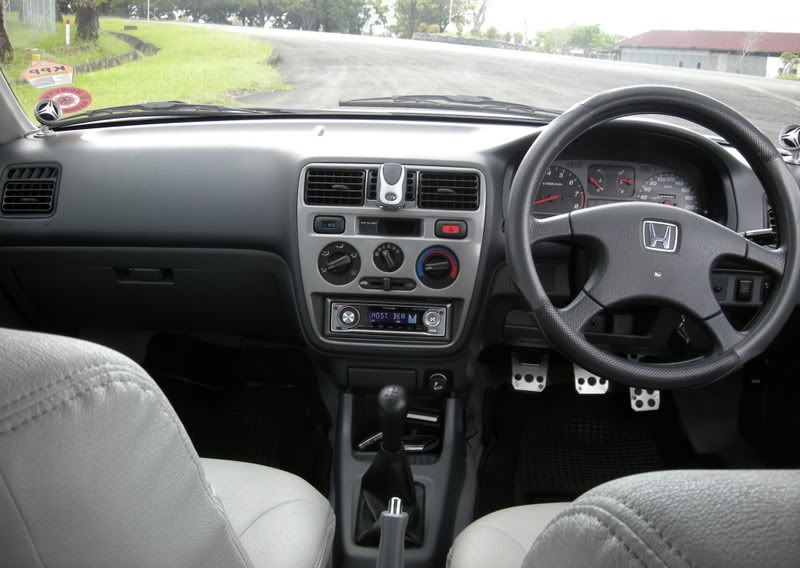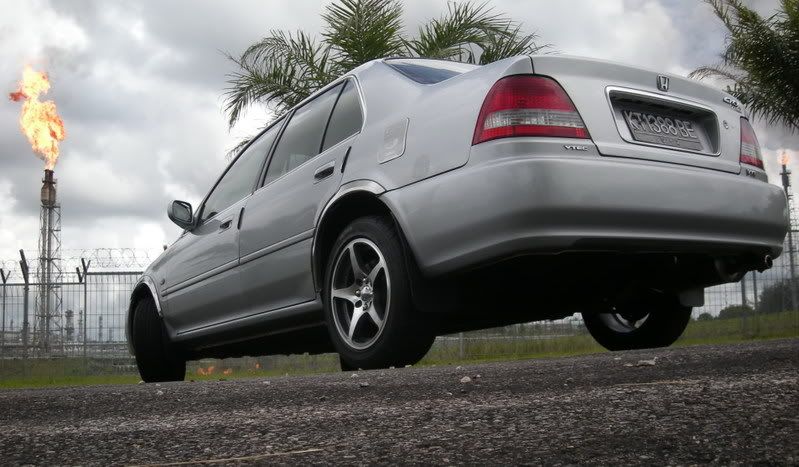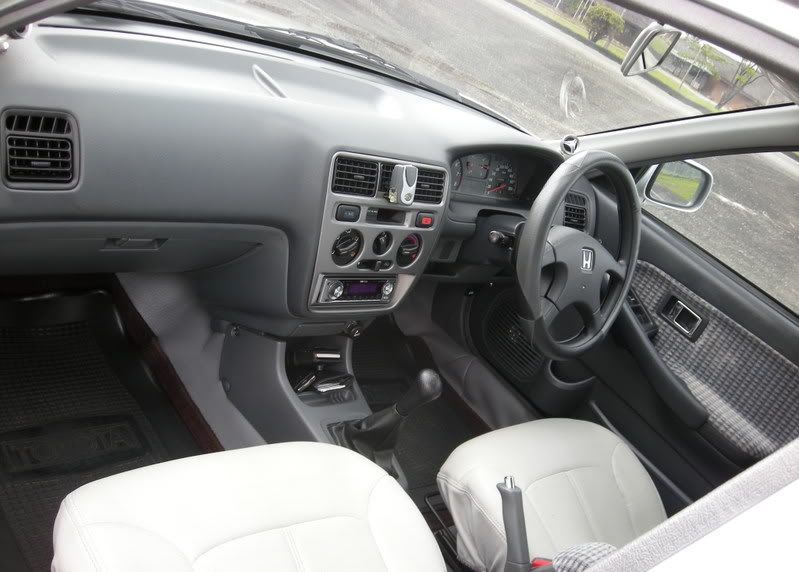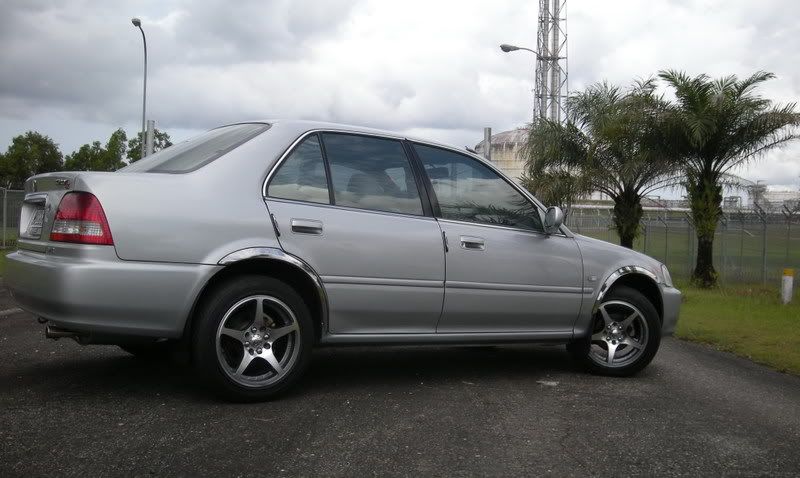Audi R8 Pros And Cons Plus Overview
A high-tech content, unique mechanical layout, and original style making it an exotic for those seeking more than just raw performance.
Pros
The balance of handling ability, ride comfort, high-tech suspension and transmission, beautiful cockpit, an upscale interior design and materials, plus an easy-to-drive nature.
Cons
Couldn't challage the straight-line pace of a Porsche 911 Turbo or Corvette Z06, plus the lack of factory-supplied customizing features.
New features for Audi R8 2008
The 2008 Audi R8 is the first midengine exotic sports car. Having an aggressive style, an aluminum body structure, a powerful 420-horsepower V8 and all-wheel drive.
2008 Audi R8 Overview
2006 was the year when the Audi R8 first made its appearance, all over the world through road show and events. In 2005 Audi announced.
Having high horse in an era when speed comes cheaper than ever, launching a six figure sports car manufacturers had better conjure something really unique to the eyes of the people. So the midengine was born to be that unique thing and could just be thing very thing they need.
 some of the design aspects of the R8 sometimes reminds us of a Porsche, a Corvette or the late Acura NSX, but since the R8 carries a 4.2-liter V8 in its midsection, shoots a killer 420 hp to all four wheels, offers two transmissions and wraps it all in a futuristic aluminum space frame, this clearly shows its attitude. A nice $70-grand-lower price tag ensures the competition will be kept to a minimum.
some of the design aspects of the R8 sometimes reminds us of a Porsche, a Corvette or the late Acura NSX, but since the R8 carries a 4.2-liter V8 in its midsection, shoots a killer 420 hp to all four wheels, offers two transmissions and wraps it all in a futuristic aluminum space frame, this clearly shows its attitude. A nice $70-grand-lower price tag ensures the competition will be kept to a minimum.The R8 is really an undoubtedly fast car. Sixty miles per hour comes up in 4.4 seconds (man thats hot), top speed of 187 mph arrives not much later, and tire grip approaches a full g (just beautiful). Between the bigger differences: having a six-speed manual or "R tronic" transmission (Audi's newest take on the clutchless manual); Audi's Quattro all-wheel drive allows hard driving giving new level of confidence; and perhaps above all, the R8 incorporates Audi's usual concessions to comfort rather than raw performance. Consider its advanced, ride-friendly electromagnetic shock absorbers, for such.
Pricing information,
Body Styles, Trim Levels, and Options
Coming with a two-door, midengine, all-wheel-drive coupe. Standard equipment includes 19-inch wheels, a retractable rear spoiler, automatic climate control, leather-and-Alcantara suede power-adjustable sport seats, LED brake lights and turn signals, aluminum trim, xenon headlights and a seven-speaker CD stereo.
Theres aloso a carbon-fiber "sideblade" exterior styling panels but better hurry its limited, a Bang & Olufsen premium stereo, a navigation system and upgraded napa leather upholstery.
Powertrains and Performance

Using a midmounted 4.2-liter V8 the Audi R8 can make up to 420 hp and 317 pound-feet of torque, beacuse of the direct fuel injection and a high compression ratio.
Power gets sent to all four wheels (56 percent to the rears in normal conditions) through one of two transmissions: a traditional six-speed manual or Audi's six-speed R tronic -- essentially a manual transmission with a single computer-controlled clutch that allows shifting via the lever or steering wheel-mounted paddles.R tronic offers a fully automatic mode as well. In testing, we've found that the manual-shift R8 accelerates from zero to 60 mph in 4.4 seconds and passes the quarter-mile in 12.8 seconds.
Safety
These days safety is a important factor for the 2008 Audi R8 it protects both occupants with seat-mounted side airbags and knee-protecting airbags. Antilock disc brakes, traction control and stability control are all standard.
The Last word for the Audi R8
It is recommended you choose the traditional manual transmission, as Audi's R tronic can occasionally be a bit fussy in day-to-day driving situations due to its delayed shifting reactions. But overall its a beautiful car






